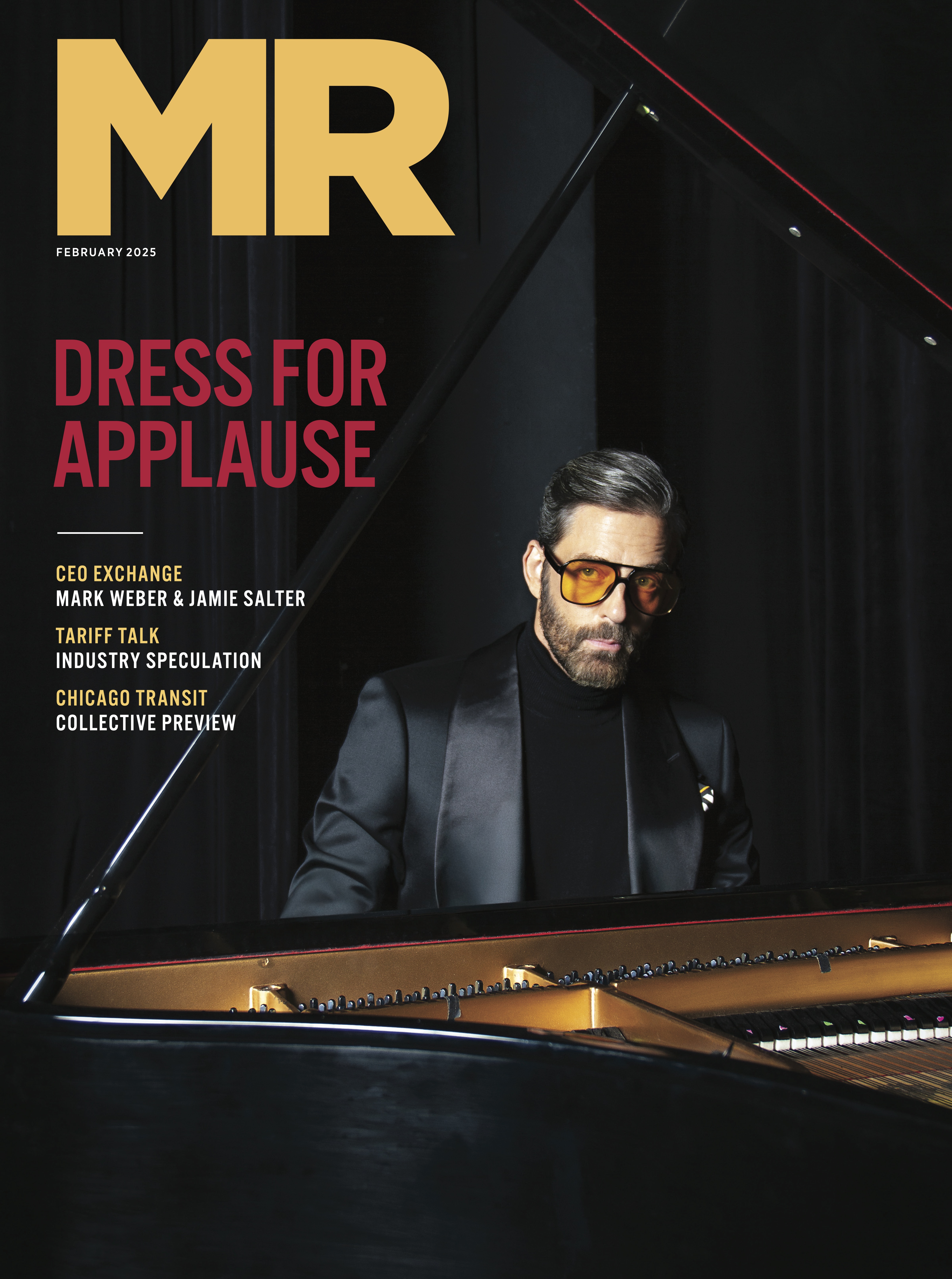ATTRACTING A NEW GENERATION

It’s surely a goal of most retailers these days to stay relevant in our fast-changing shopping universe. According to a recent study by Coresight Research, major department stores are adapting their strategies to appeal to young consumers. Among their initiatives: a focus on digital innovation, exclusive collaborations, and personalized experiences.
For example, Macy’s is promoting a sustainability stance with curated collections that feature eco-friendly products appealing to environmentally conscious shoppers. Kohl’s is opting for collaborations with well-known influencers and brands, catering to a youthful clientele seeking affordable on-trend items. And Nordstrom is focusing on enhancing in-store visits with immersive experiences that merge shopping and entertainment, hoping to leave lasting impressions on young consumers.
It’s too soon to say, according to the experts, how successful these initiatives will ultimately be in raising ROI for the stores. According to Coresight’s Sunny Zheng, department stores continue to struggle for various reasons, including increased competition from D2C brands. Fortunately, they’re trying new avenues to attract younger customers, with a goal to figure out ASAP what’s working and what’s not.
According to Zheng, in addition to promoting sustainability, Macy’s has been expanding its product mix to include toys, health and home. They’re opening more suburban stores and offering live-streaming platforms and special events. While some of these initiatives seem to be working, return on investment has not yet proved satisfactory for all these efforts. Apparently, says Zheng, Gen Z is not looking to Macy’s for toys; they’re clearly more interested in “authenticity, exciting new product and free stuff.”
Zheng notes that Nordstrom has an advantage of two strong divisions: luxury and off-price. At the luxury end, they’ve been improving their women’s mix by adding European designers. They have a multi-year plan to update physical stores with digital try-ons. This should attract younger customers, but it’s too soon to tell.
Zheng also points out that Kohl’s has received a notable boost in ROI from its collaboration with beauty brand Sephora. In addition, they’ve strengthened their focus on kids (Babies R Us) and home. Their big challenge is still competition with D2C brands, a challenge shared with all major stores. While private label was once considered the panacea, the potential to raise revenues with store brands (Arizona at JCP, Bar 3 at Macy’s) is not yet certain.
Target is testing immersive experiences, with a recent focus on a new private label dress collection that resulted in three-day sellouts this spring. According to Coresight research, Target’s spring ’24 floral patterned dresses were grabbed up by customers who believe these dresses make them look younger. Thanks to Target’s omnichannel expertise, these ladies could go right to the styles they wanted in a single click without having to scroll through all the old-lady product. (Also from Coresight Research, Levi’s is selling in Target at premium pricepoints, with straight legs still on top and wide-legs a strong number two.)
Kudos to major retailers who are closing underperforming stores and opening smaller more manageable outlets while expanding their product mix to test new ways of appealing to young consumers. Since the bottom line is the bottom line, testing what’s new and analyzing results (think focus groups!) as quickly as possible is a wise strategy. Doing the same old things in a fast-changing world is not.
The image at top was created in ChatGPT


